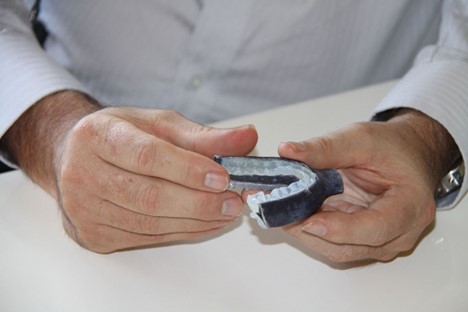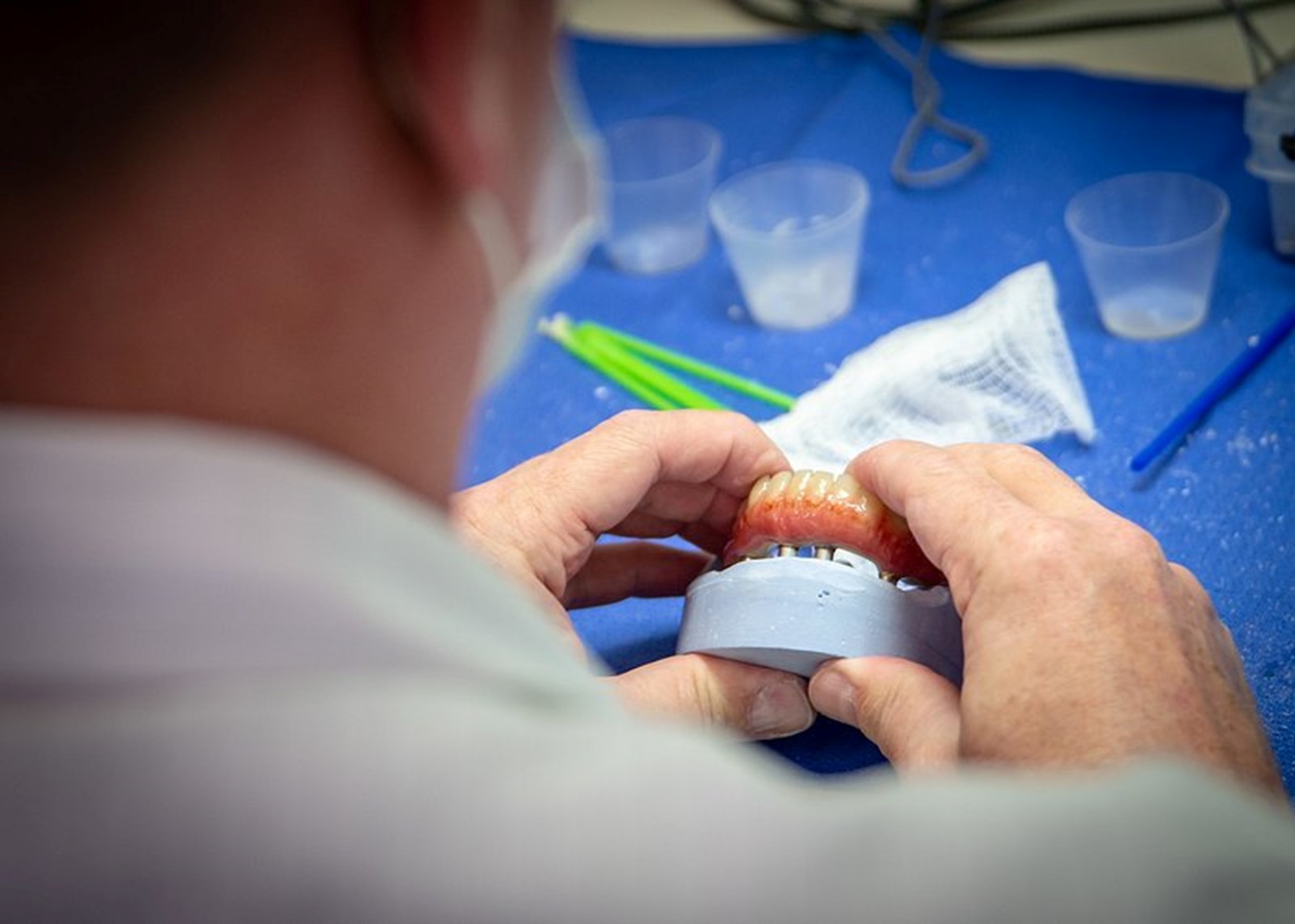3D printing technology’s application in healthcare is particularly impactful. In dentistry, especially, 3D printing has opened new horizons for personalized and precision-based solutions, addressing long-standing challenges in traditional dental practices. This shift aligns with the increasing demand for customized dental care, where precision and patient-specific solutions are paramount.
Traditional dental methods often lack efficiency and fail to meet modern aesthetic and functional expectations. The integration of 3D printing addresses these limitations by enabling detailed modeling, faster production, and enhanced customization, ultimately transforming the field of dental care.

The integration of 3D printing into dentistry has significantly broadened the scope of personalized and efficient care.
One of the earliest and most widely adopted applications of 3D printing in dentistry is the creation of precise dental models. Using oral scans, these models can be produced rapidly and with exceptional accuracy, significantly improving diagnostic and treatment planning processes. Moreover, the ability to manufacture complex structures enables practitioners to devise more refined and effective treatment strategies.
3D printing has revolutionized the production of orthodontic appliances. Custom aligners, crafted to fit individual patients, ensure better comfort and treatment outcomes. Additionally, advancements in materials, such as shape memory polymers, have enhanced the performance of these appliances by offering precise thickness control and durability.
Dental implants and prosthetics benefit immensely from 3D printing. The technology facilitates the creation of customized solutions that align perfectly with a patient’s oral anatomy. These products not only enhance comfort but also improve the success rates of procedures due to their biocompatibility and intricate designs.
China’s advancements in 3D printing for dentistry demonstrate the synergy of innovation, market expansion, and strategic collaboration.
China has witnessed remarkable advancements in 3D printing technology, particularly in high-precision applications such as ultra-thin veneers. These veneers, developed using micro-nano printing techniques, represent a leap forward in minimally invasive dental care. Researchers in China are also pioneering biocompatible materials that improve aesthetics and functionality.
Prominent Chinese companies, such as UnionTech, are driving innovation by offering specialized dental printing solutions. The market for 3D printing in dentistry is expanding rapidly, with increased adoption across clinics and hospitals. This growth highlights the role of these technologies in transforming dental care into a more efficient and accessible practice.
Collaboration between academia and industry has been a cornerstone of 3D printing development in China. Universities and companies are working together to foster research, innovation, and talent cultivation. Government support, through policies and infrastructure investment, has further accelerated this progress, making China a global leader in 3D dental printing.

As the leading 3D printing and additive manufacturing exhibition in China, TCT Asia 2025 will showcase the latest advancements in the industry, including dental applications. Scheduled for March 17th-19th, 2025, at the NECC (Shanghai) in Halls 7.1 and 8.1, the event will provide a platform for stakeholders to explore cutting-edge technologies and network with industry leaders.
Specific exhibits will focus on how 3D printing is reshaping dental care, from orthodontics to implantology. This event promises to highlight the transformative role of 3D printing in modern dentistry and beyond.
3D printing has undeniably transformed the field of dentistry, addressing challenges in precision, customization, and efficiency. In China, the combination of technological innovation, market growth, and supportive collaborations has further catalyzed this evolution. The progress showcased at events like TCT Asia 2025 underscores the potential of 3D printing to revolutionize dental care on a global scale.
Ongoing advancements in materials, techniques, and collaborations will be essential in unlocking the full potential of this technology, ensuring that patients worldwide benefit from improved dental care solutions.
[1] Boston Micro Fabrication enters dental market with 'world's thinnest' cosmetic dental veneer. Available at: https://www.tctmagazine.com/additive-manufacturing-3d-printing-news/latest-additive-manufacturing-3d-printing-news/boston-micro-fabrication-enters-dental-market-with-world%E2%80%99s-thinnest-cosmetic-dental-veneer/ (Accessed on January 9, 2025).
[2] UnionTech Empowers Dentistry with the Latest 3D Printing Dental Solutions. Available at: https://www.uniontech3d.com/uniontech-empowers-dentistry-with-the-latest-3d-printing-dental-solutions.html (Accessed on January 9, 2025).
[3] 3D Printing for Natural Tooth Beautification: BMF Presents Ultra-Thin Veneers. Available at: https://www.3printr.com/3d-printing-for-natural-tooth-beautification-bmf-presents-ultra-thin-veneers-3764257/ (Accessed on January 9, 2025).